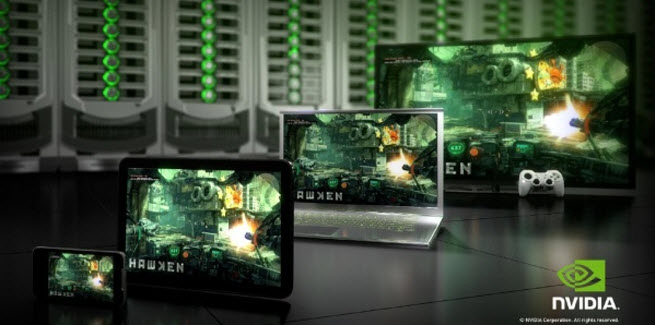
Seemingly out of nowhere tonight, graphics chip-maker Nvidia has announced one of the biggest changes to its business in some time: It will begin licensing its new Kepler GPU core — as well as future designs — to third-party companies.
The move will give Nvidia a completely new source of revenue, but more importantly, it will help bring its technology to even more mobile devices. The company has been struggling to get into the mobile market with its Tegra processors, but so far we’ve yet to see a killer Tegra device hit the market. By licensing its technology, Nvidia won’t have to rely solely on Tegra as its mobile workhorse, and it also opens the door for some interesting new spins on its technology from third-parties.
Additionally, Nvidia announced that it will license out its visual-computing portfolio, which includes more than 5,500 patents and its CUDA parallel-computing platform.
“Not so long ago, we only made and sold GPU chips, albeit the world’s fastest ones,” wrote David Shannon, the executive vice president and general counsel at Nvidia, in a blog post tonight. “Five years ago, we introduced Tegra, a system on a chip … . But it’s not practical to build silicon or systems to address every part of the expanding market. Adopting a new business approach will allow us to address the universe of devices.”
Nvidia is best known for its powerful graphics cards, which have been accelerating 3D performance for PC gamers (and emptying their wallets) since the mid-90s. But with Tegra and more recent announcements, like its GRID game-streaming system and the Android-based portable gaming system Project Shield, Nvidia has desperately been trying to make itself relevant in an entirely new wave of computing devices.
Shannon pointed out that Nvidia already licensed one of its earlier GPU cores to Sony for the PlayStation 3, which gave the company a taste of the possibilities of licensing. AMD, which purchased Nvidia’s main competitor ATI back in 2006, also has its chips powering the next-generation Xbox One and PlayStation 4.
While the licensing announcement was surprising, it makes a lot of sense for Nvidia. Its new Kepler GPU technology can scale from smartphones all the way to powerful supercomputers, making it perfectly suited for other companies to manipulate for their own uses.
Licensing also makes Nvidia’s technology viable for companies that would never adopt its Tegra chips, hardware guru Anand Lal Shimpi points out. Now Nvidia will be able to push its technology for future chips from Apple and Samsung, both of which would likely leap at the chance to outdo the other in graphics performance.
VentureBeat's mission is to be a digital town square for technical decision-makers to gain knowledge about transformative enterprise technology and transact. Learn More
